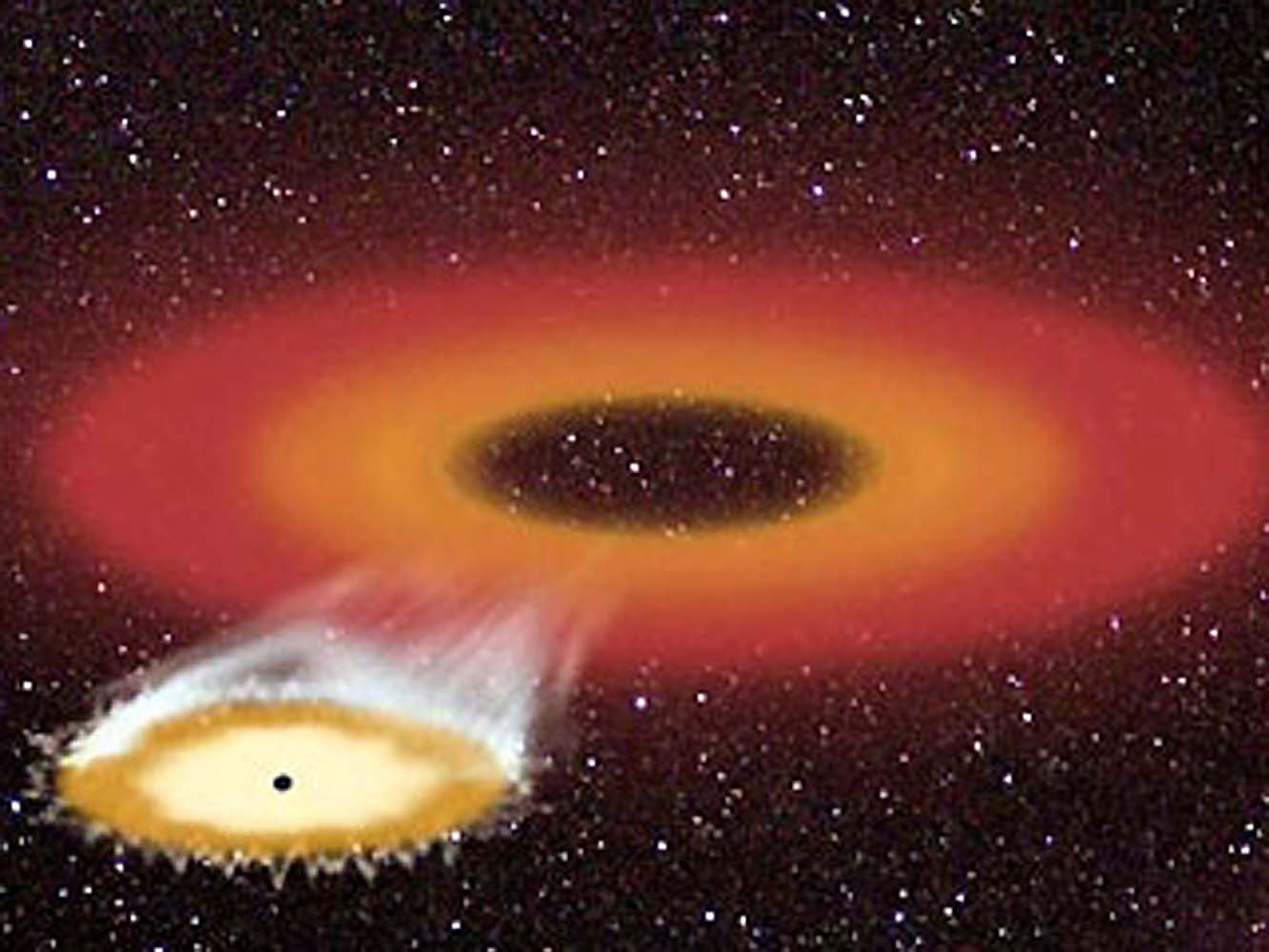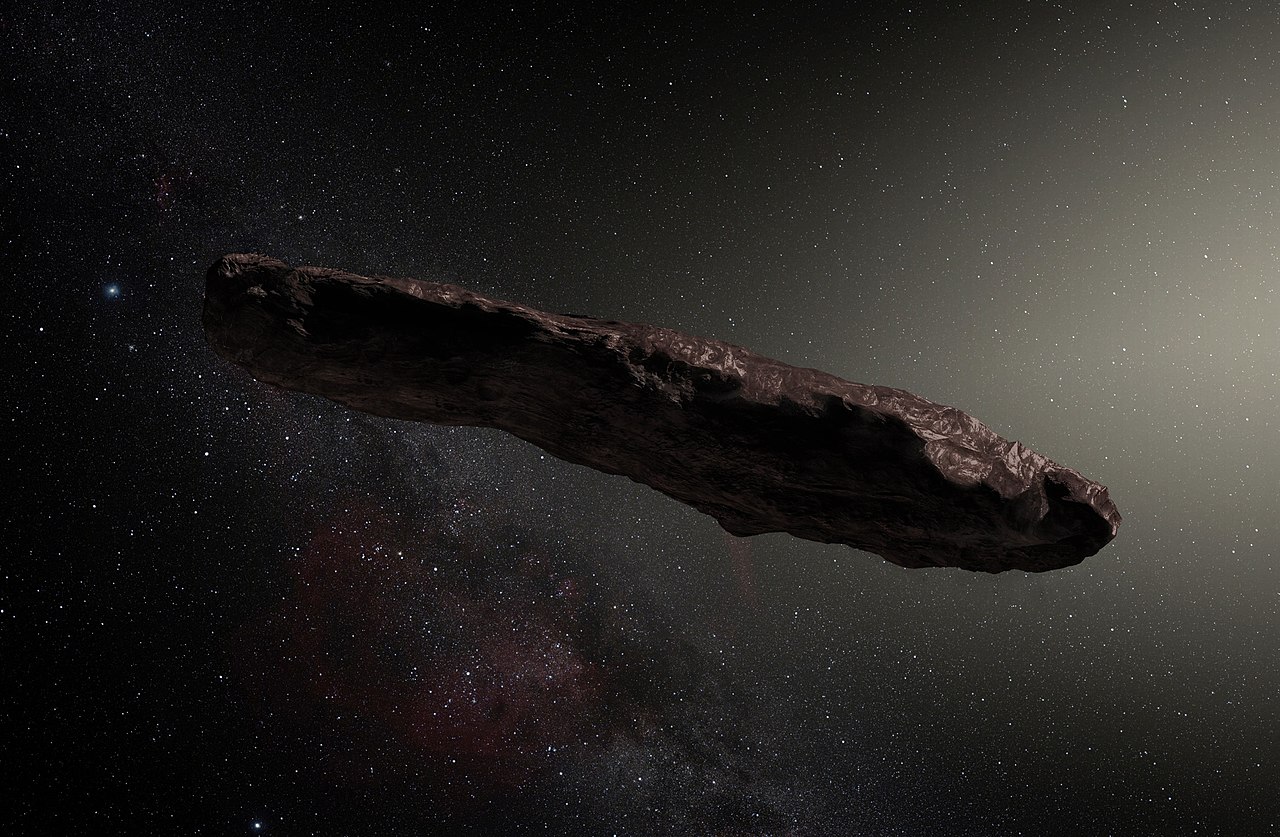At four million solar masses, the Milky Way’s supermassive black hole is quite small for a galaxy its size. Did we lose the original?
Search Results
You searched for: D
In physics, we reduce things to their elementary, fundamental components, and build emergent things out of them. That’s not the full story.
A spherical structure nearly one billion light-years wide has been spotted in the nearby Universe, dating all the way back to the Big Bang.
We have pipelines for oil and natural gas. Why not water?
A famous explorer’s doomed ship is finally found 107 years after it was lost to the Antarctic deep.
There are many theories of gravity out there, and many interpretations of wide binary star data. What have we really learned from it all?
When constructed well, post-training survey questions can provide a wealth of information that helps guide future design decisions.
Drones have a lot to learn from the landing abilities of birds.
When you imitate the speech of others, there’s a thin line between whether it’s a social asset or faux pas.
Up until 2002, we thought that the heaviest stable element was bismuth: #83 on the periodic table. That’s absolutely no longer the case.
If our nearest star has an Earth-like planet, here’s how we’ll see it. As seen from up close, the signs of not only life, but our intelligent, technologically advanced human civilization […]
After years of analysis, the Event Horizon Telescope team has finally revealed what the Milky Way’s central black hole looks like.
Can quantum computers do things that standard, classical computers can’t? No. But if they can calculate faster, that’s quantum supremacy.
When the average person has a “theory,” they’re just guessing. But for a scientist, a theory is the pinnacle of what we can achieve.
Wearable technology can help increase lifespan by changing what we know about our dietary needs and creating new ways to exercise.
When maps meet stamps, you get a love child called “cartophilately.”
Although human beings arrived on Earth just ~300,000 years ago, we’ve transformed the entire planet completely. Here’s how we did it.
The highest-energy particles could be a sign of new, unexpected physics. But the simplest, most mundane explanation is particularly iron-ic.
In terms of sheer productivity, “-gate” has no peer. Wikipedia’s list of -gates has over 260 entries.
The Universe isn’t just expanding, the expansion is also accelerating. If that’s true, how will the Milky Way and Andromeda eventually merge?
Popular media often frame scientists as having a cold, sterile view of the world. That couldn’t be further from the truth.
What started as a viral case of public shaming has morphed into a dark story involving internet sleuths, a criminal network, and the suspicious death of a 62-year-old man in St. Louis.
If light can’t be bent by electric or magnetic fields (and it can’t), then how do the Zeeman and Stark effects split atomic energy levels?
NicoBoard is an app that helps parents make sense of a frightening time.
Bloodcurdling war cries, shrieking elephants, and whistling arrows all made soldiers flee in terror.
Scalars, vectors, and tensors come up all the time in science. But what are they? One of the major goals of science is to describe our reality as accurately as possible. […]
Determining if the universe is infinite pushes the limits of our knowledge.
The most unique interloper into our Solar System has a natural explanation that fits perfectly — no aliens required.





























